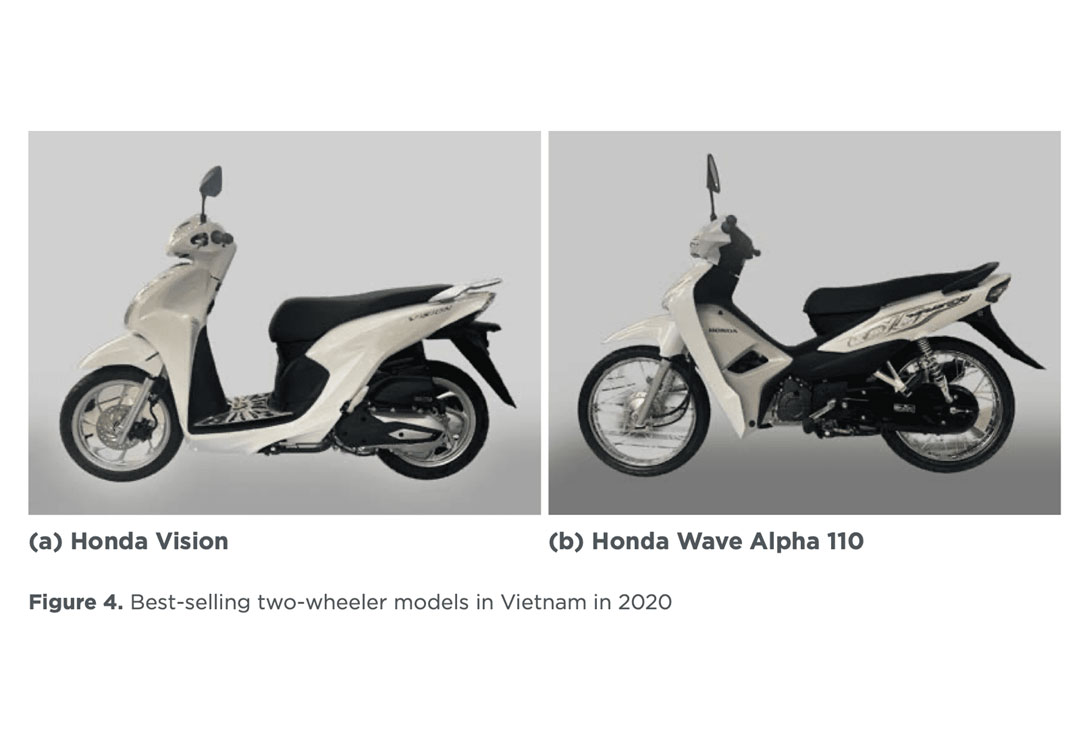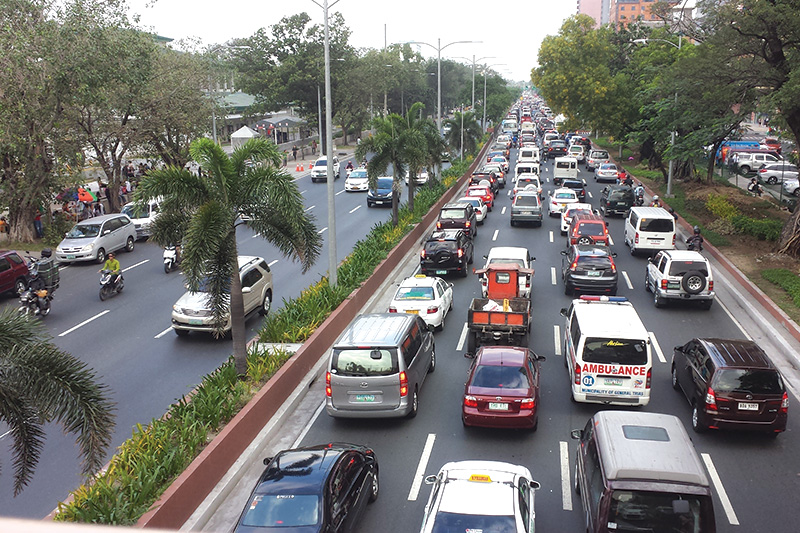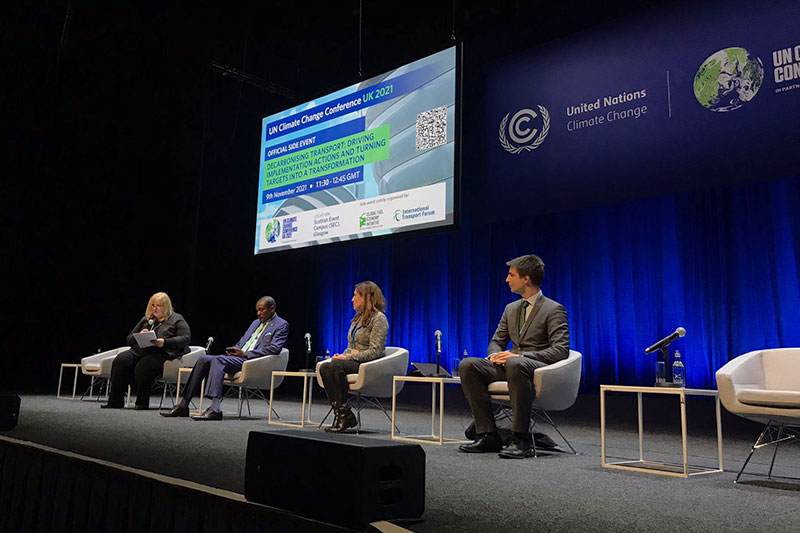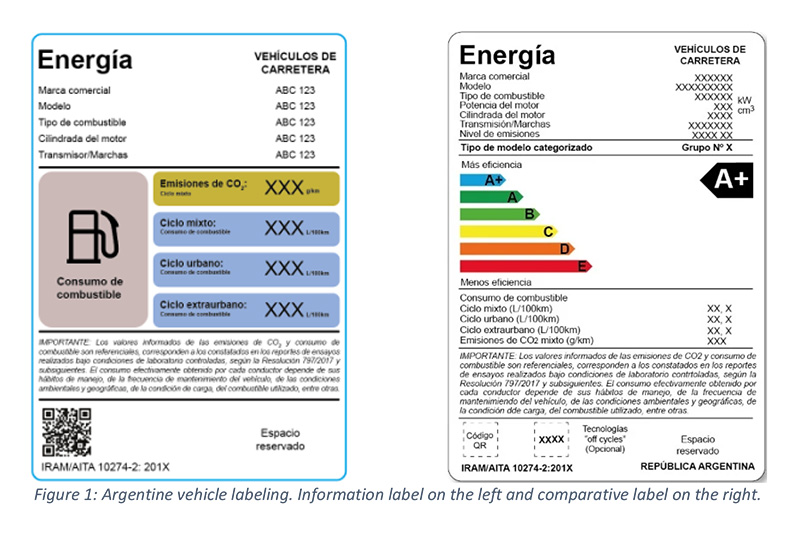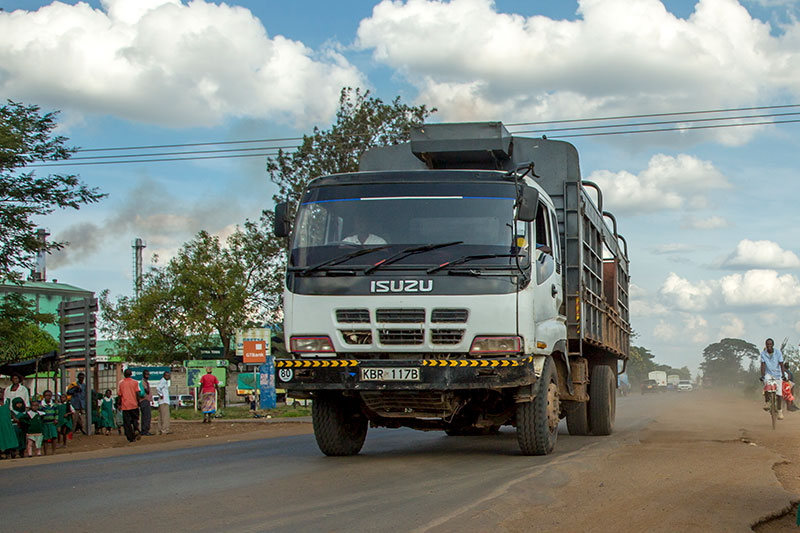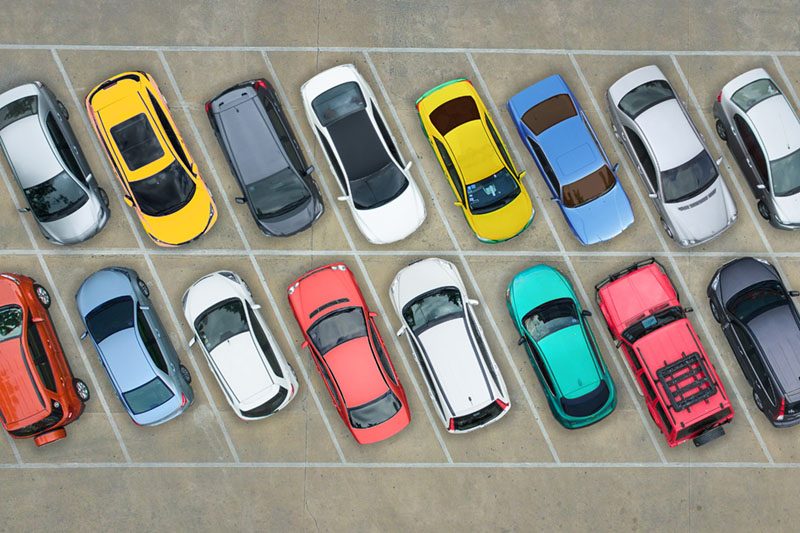New analysis of 2-wheeler fuel economy In Vietnam
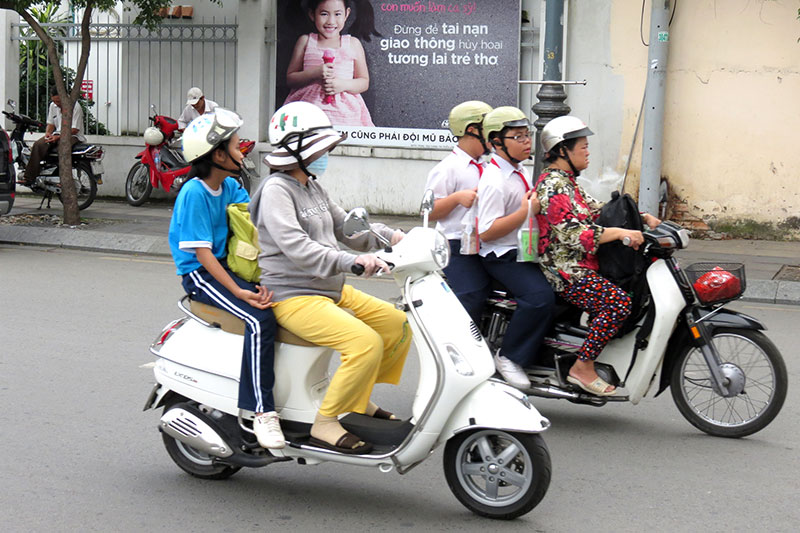
New analysis by GFEI partner the International Council on Clean Transportation (ICCT) aims to develop a baseline of fuel consumption of the two-wheeler fleet in Vietnam. This essential first step will act as a foundation for future policies designed to reduce emissions from two-wheelers and to help set fuel economy standards. Such policies could help Vietnam meet its climate and air pollution reduction goals.
The paper found:
- Two-wheelers with internal combustion engines (ICEs) are predominantly fueled by gasoline. ICE motorcycles account for the majority of the fleet, at 94.8% in 2019 and 91% in 2020; ICE mopeds account for a much smaller market share, at only 0.3% in 2019 and 0.7% in 2020.
- The number of electric 2-wheelers (E2Ws) increased significantly from 2019 to 2020, from 4.9% of the market in 2019 to 8.3% in 2020. The largest growth is found in the number of e-mopeds, which increased from 3.8% in 2019 to 7.1% in 2020.
- 89.3% of two-wheelers sold in 2020 are made by Honda and Yamaha. Therefore, any efficiency technology improvements from major manufacturers, especially these two, would reduce fleet average fuel consumption considerably.
- Motorcycles with engine displacement between 50 cc to 125 cc are dominant in the new two-wheeler fleet sold in 2020, accounting for 80.7%. Only 2.3% of the fleet has engine displacement greater than 150 cc.
- The average fuel consumption in 2020 fell by 4.3% compared to 2019 (from 1.84 l/100 km in 2019 to 1.76 l/100 km in 2020) mainly because of the increasing penetration of E2Ws in 2020.
